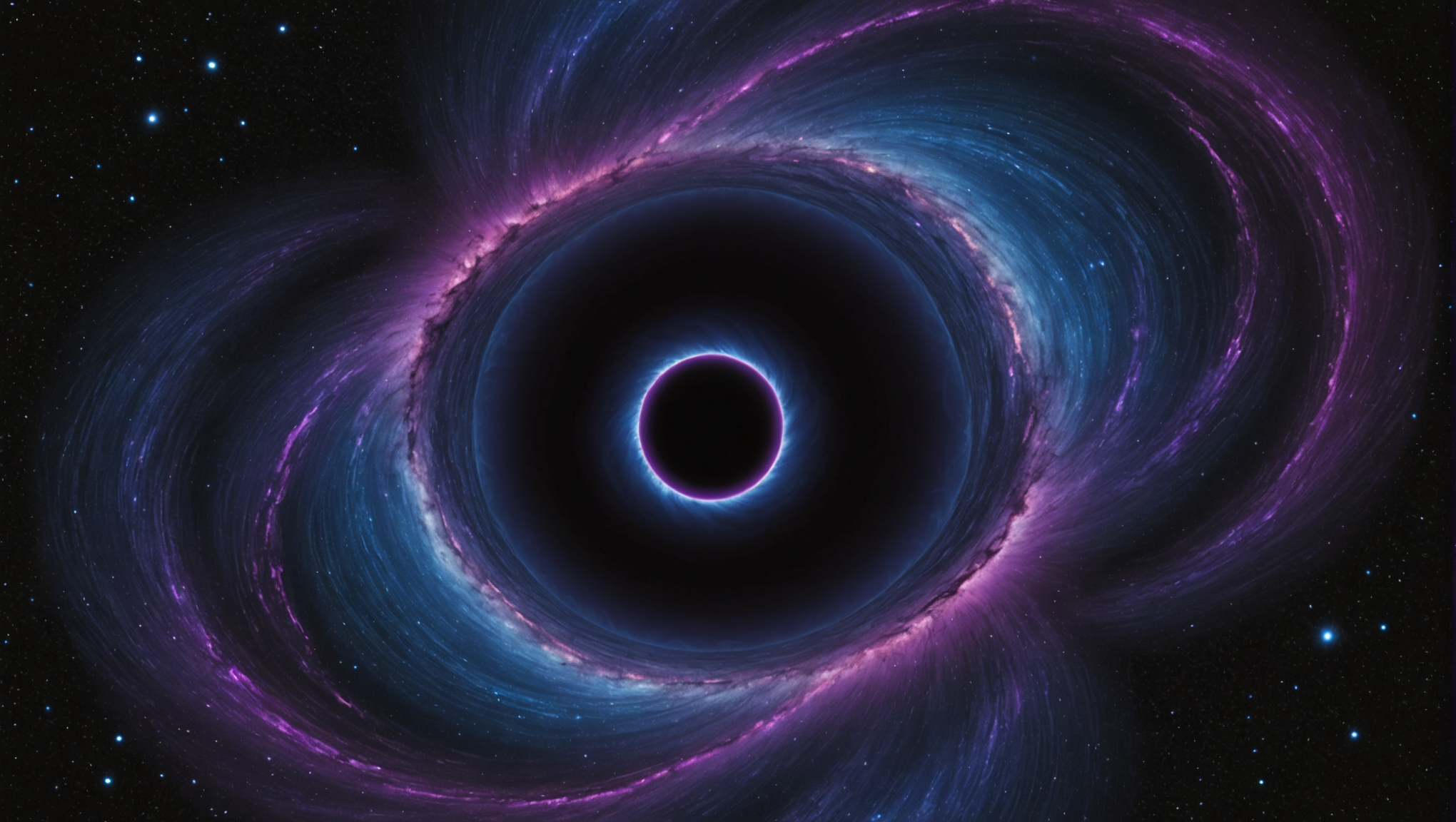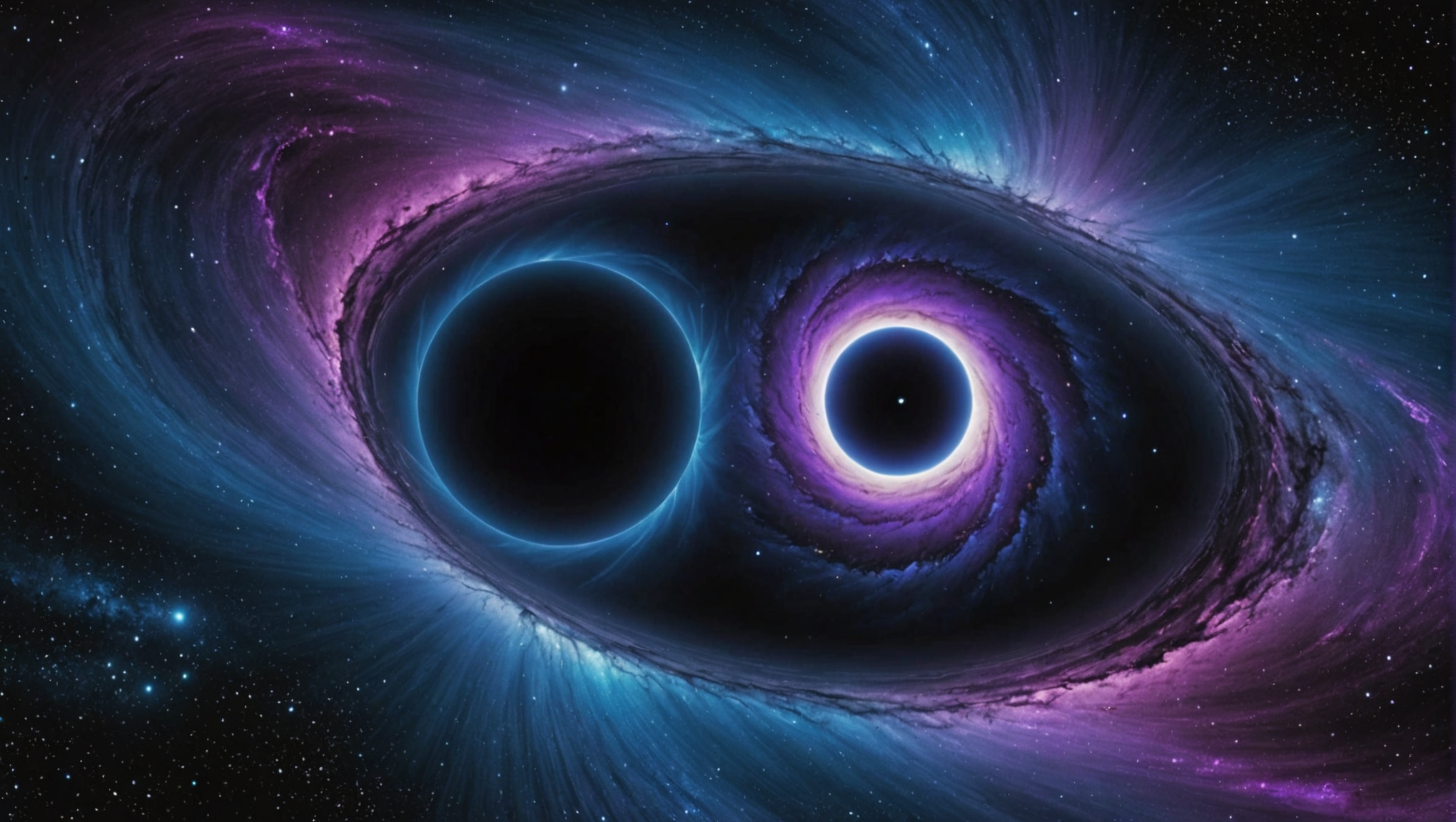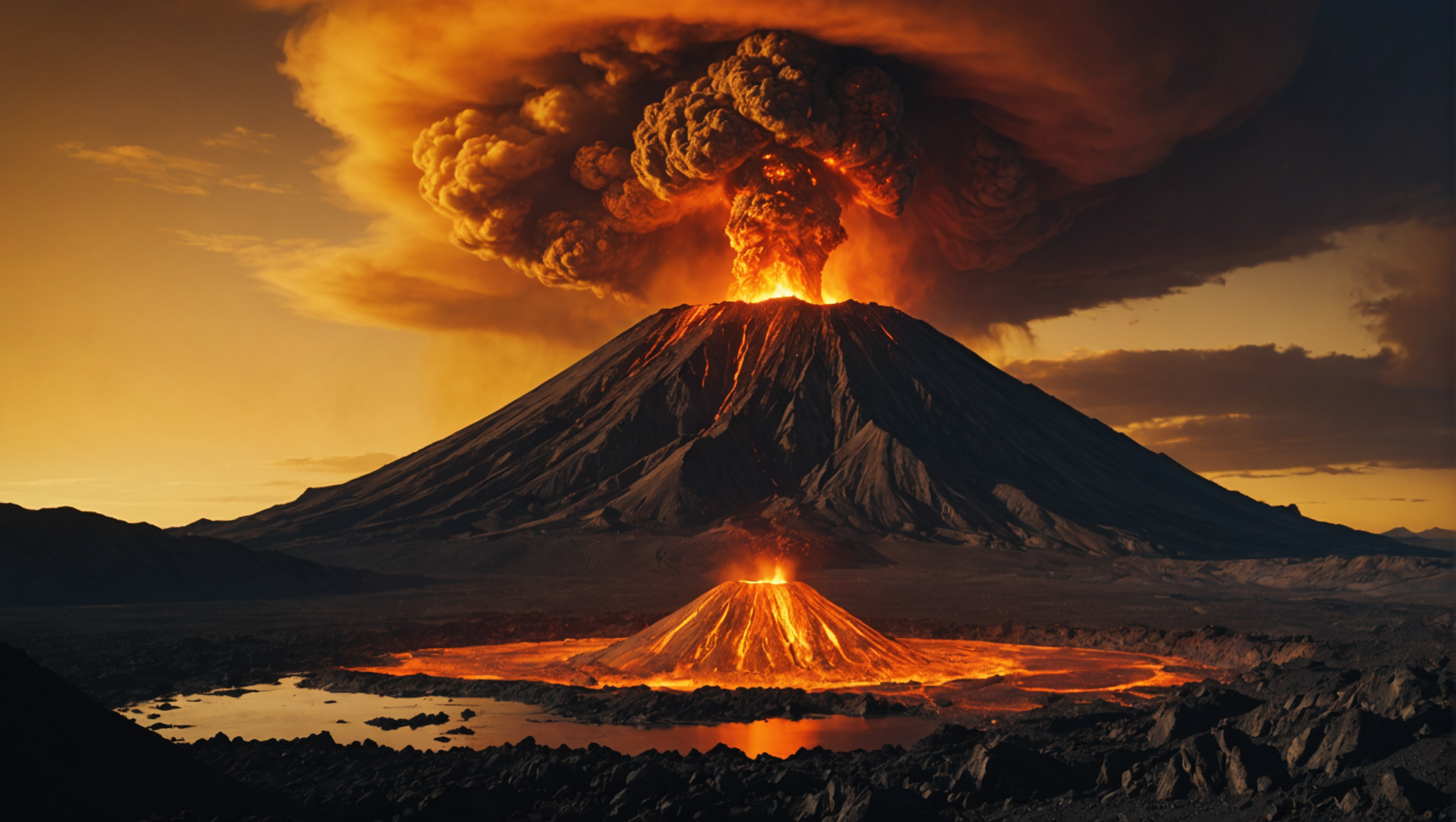Cosmic Enigmas Awaken the Explorer Within

Mind-Blowing Mysteries of the Cosmos
Beyond our familiar blue sky lies a universe brimming with enigma and wonder, a celestial landscape this is both exhilarating and daunting. The cosmos is filled with mysteries that challenge our understanding of reality and ignite our imaginations. From violent stellar explosions to the subtle tug of unseen dark matter, the very fabric of the universe invites us to explore its depths. At the heart of this cosmic drama are phenomena like black holes, dark energy, and the potential for life beyond our Earth, raising profound questions about the nature of existence.
One of the most captivating mysteries in our universe is the existence of black holes. These regions in space have gravitational pulls so strong that nothing, not even light, can escape them. Formed from the remnants of massive stars after they have exploded in supernova events, black holes serve as both endpoints and incubators of celestial material. As matter spirals toward a black hole, it forms an accretion disk that emits powerful X-rays before crossing the event horizon— the point of no return. As researchers delve into the enigmatic world of black holes, they discover not only the extreme conditions present there but also potential insights into the very nature of time and space. The event horizon reveals boundaries that blur our understanding of physics, posing perplexing questions about what happens to information once it’s consumed by these cosmic giants.
Yet black holes do not function in a vacuum; they are woven into the larger tapestry of galaxies. Almost every galaxy is thought to harbor a supermassive black hole at its core. These colossal entities, sometimes weighing billions of times more than our sun, play a pivotal role in the formation and evolution of their host galaxies. They exert gravitational forces that shape the orbits of stars surrounding them, influencing galactic dynamics on a grand scale. Some scientists posit that black holes are not merely the end states of matter, but critical players in cosmic evolution, potentially contributing to star formation and the distribution of matter throughout galaxies.
While black holes warp space and time, dark matter remains one of the universe’s greatest enigmas. Although it constitutes about 27% of the cosmos, it does not emit, absorb, or reflect light, rendering it almost invisible to current detection methods. Its gravitational effects, however, are profound, influencing the rotation of galaxies and the formation of large-scale structures throughout the universe. Researchers have used gravitational lensing—a phenomenon where light from distant objects bends around massive structures—to map the distribution of dark matter and gain insights into its elusive nature. Despite extensive study, the actual composition of dark matter remains largely unknown, leaving astronomers racing to develop theories and technologies to uncover its secrets.
Also captivating is the concept of dark energy, a mysterious force that seems to drive the accelerated expansion of the universe. Discovered through observations of distant supernovae, dark energy is theorized to comprise about 68% of the universe, yet its fundamental properties are largely speculative. Some researchers theorize it may act as a cosmological constant, exerting a steady force against gravity, while others suggest it could be dynamic, changing over time. This elusive nature raises questions about the ultimate fate of the universe: will it continue to expand indefinitely, resulting in a cold, dark cosmos devoid of stars and galaxies, or will some other mechanism come into play? The search for dark energy’s true nature not only engages physicists but also astronomers and cosmologists, shaping our understanding of the cosmos.
The search for extraterrestrial life adds another layer of intrigue to the cosmic narrative. With advancements in technology, we are now able to detect exoplanets—planets orbiting stars beyond our own solar system—by observing their transits across stellar disks or measuring the gravitational effects they exert on their host stars. The discovery of potentially habitable planets within the “Goldilocks zone,” where conditions might allow for liquid water to exist, fuels speculation about the existence of life beyond Earth. Missions targeting icy moons like Europa and Enceladus within our own solar system suggest that subsurface oceans may harbor the ingredients necessary for life. As the quest for biosignatures continues, humanity stands at the precipice of potentially rewriting our understanding of life’s existence, challenging the notion that Earth is the only cradle of civilization.
Ultimately, these mind-blowing mysteries of the cosmos invite us to ponder profound questions about our origins, the nature of existence, and our place in the grand scheme of the universe. With each discovery, we find ourselves peering deeper into the fabric of reality, unraveling secrets that have remained hidden for eons. As we continue to explore the cosmos, we embrace the unknown, driven by curiosity and a desire to understand the universe and our role within it.

Exploring the Enigmatic Planets and Moons
Beneath the dense toxic clouds of Venus lies an environment that, while hostile, is incredibly fascinating. The planet’s atmosphere is largely composed of carbon dioxide, with clouds of sulfuric acid creating immense pressure approximately 90 times greater than that of Earth at sea level. This suffocating pressure coupled with surface temperatures soaring around 450°C makes Venus the hottest planet in our solar system. The surface itself is a rocky landscape sprinkled with volcanoes, valleys, and vast plains, inviting questions about geological activity and planetary development.
The presence of over 1,000 major volcanoes, some potentially still active, raises intriguing inquiries about the volcanic history and geological processes at play on Venus. Missions such as the Soviet Venera probes and more recent ventures like the European Space Agency’s Venus Express have unveiled mountain ranges like Ishtar Terra and Aphrodite Terra—telling signs of significant geological transformation over eons. These highland terrains suggest that once upon a time, Venus may have had different climatic conditions, perhaps even water—a key component in the quest for extraterrestrial life. Understanding the geology and atmospheric dynamics of Venus could provide essential insights not only into its past but also into the evolution of terrestrial planets in general.
Another fascinating area of study within our solar system includes the icy moons of Jupiter and Saturn. The possibility of life existing in the subsurface oceans of Europa and Enceladus captivates scientists and enthusiasts alike. Both of these celestial bodies harbor hidden oceans beneath thick layers of ice, with Europa thought to possess a vast expanse of liquid water that could potentially support life. Scientific explorations of these moons parallel some of Earth’s most extreme environments, such as hydrothermal vents, which host rich biological ecosystems thriving in complete darkness. If similar hydrothermal activity exists on the ocean floors of these moons, it may foster conditions favorable for life to thrive.
The recent findings of organic compounds in the plumes of Enceladus and the intriguing composition of Europa’s surface materials enrich the narrative of potential habitability. The ongoing search for biosignatures—indicators of past or present life—remains a driving force behind missions targeting these extraterrestrial oceans. Upcoming endeavors like NASA’s Europa Clipper are geared toward closely scrutinizing Europa’s surface and any subsurface components to understand the moon’s character and its capacity to host life.
Saturn, with its dazzling rings and a high number of moons, poses additional mysteries for exploration. One of its most intriguing features, Titan, stands out as a potential cradle for life. With lakes of liquid methane and ethane as opposed to water, Titan presents an alien environment that challenges our traditional understanding of habitability. The thick atmosphere rich in organic compounds raises questions about the types of life forms that could arise in such starkly different conditions. The anticipation of missions to Titan and the study of its atmospheric and surface interactions could yield groundbreaking insights into alternative biochemistries.
Meanwhile, the exploration of Mars continues to dominate astrobiological discussion. With evidence of ancient riverbeds and minerals indicative of past water presence, missions on the Red Planet focus on uncovering signs of microbial life that may have existed—or may still exist—in sheltered subsurface environments. The mysteries surrounding Martian soil and the ongoing investigation into its chemistry feed the curiosity about whether life ever took root on this neighboring soil. For humanity, the ongoing quest to understand these enigmatic planets and moons reflects a broader desire to unveil the secrets of our universe and seeks to answer the very fundamental question: are we alone?

The Search for Extraterrestrial Life
The quest to find extraterrestrial life has become one of the most thrilling and profound endeavors in contemporary science. It taps into our innate curiosity and stimulates the imagination, as we think the many possibilities of life existing beyond our planet. Recent advancements in technology, research, and our understanding of the cosmos have opened avenues previously thought to be insurmountable. This pursuit not only drives astronomical investigations but also raises existential questions about our place in the universe.
One of the cornerstones of the search for extraterrestrial life is the exploration of exoplanets—planets orbiting stars outside our solar system. With advanced telescopes like the Kepler Space Telescope and the Transiting Exoplanet Survey Satellite (TESS), astronomers have discovered thousands of these distant worlds. Some of these planets lie within their star’s habitable zone—the region where conditions might allow for liquid water to exist—a fundamental ingredient for life as we know it. The Goldilocks principle, describing the balance between conditions that are too hot, too cold, and just right, has become a guiding philosophy in the hunt for potentially habitable planets.
However, identifying planets that are merely situated in a hospitable zone is only the beginning. The characterization of these exoplanets’ atmospheres especially important in assessing their capacity to harbor life. Techniques such as spectroscopy, which involves analyzing the light spectrum that passes through a planet’s atmosphere, have been employed to detect specific gases that may signify biological activity. For example, the simultaneous presence of oxygen and methane — gases that react with each other — would point towards some form of life as a likely source. This captivating dynamic has therefore propelled scientists to explore not just if planets exist within the habitable zone, but also what their atmospheres reveal about the potential life within.
Closer to home, the icy moons of the outer solar system, such as Europa and Enceladus, have ignited enthusiasm with their abundant signs of liquid water beneath thick icy crusts. Europa, a moon of Jupiter, has garnered significant attention because its ocean could be in contact with a rocky seafloor, potentially generating chemical reactions conducive to life. Similarly, Enceladus, a moon of Saturn, displays geysers that emit plumes rich in organic molecules and water vapor, revealing that a subsurface ocean every bit as intriguing may lurk beneath its frosty exterior. As robotic missions aim to study these moons further, the possibilities of uncovering biosignatures play a central role in the future of astrobiological exploration.
The quest for life also extends to Mars, our closest planetary neighbor, where evidence suggests a dynamic history of water, once present in rivers, lakes, or even oceans. Ongoing missions like NASA’s Perseverance rover seek to uncover traces of ancient microbial life, analyze Martian soil, and even collect samples to return to Earth. The idea that life may have once flourished on Mars compels researchers to explore its past and present for any signs of life, pushing us to rethink the capabilities and resilience of life in environments vastly different from our own.
The prospect of discovering extraterrestrial life extends further into space, and the implications would be revolutionary. Such a discovery could reformulate our understanding of biology, evolution, and the parameters of habitability. It emphasizes the need for innovative technologies that can detect alternative life forms, possibly akin to extremophiles found here on Earth, that thrive in conditions previously thought hostile. This understanding reshapes the frameworks of our scientific inquiry as we seek answers to compelling questions about whether life is a rare occurrence or a common phenomenon throughout the universe.
Despite the hurdles that lie ahead, the anticipation surrounding the possibility of discovering extraterrestrial life unifies various fields of study and fosters collaboration among scientists, astronomers, and astrobiologists. As we delve deeper into the search for life, the line between biology and the cosmos blurs, and each new piece of information enhances our understanding of the universe not just as a backdrop for human existence, but as a vibrant ecosystem filled with potential.
Unraveling the Secrets of Black Holes and Beyond
Unraveling the secrets of black holes reveals a fascinating interplay between extreme gravitational forces and the very nature of space and time. As one of the universe’s most captivating mysteries, black holes stretch our understanding of fundamental physics, pushing the boundaries of what we consider we know. Rated among nature’s most inexplicable phenomena, these entities can be classified based on their mass: stellar black holes formed from dying stars, supermassive black holes residing at the centers of galaxies, and potentially primordial black holes birthed during the early universe.
The formation of black holes typically begins with a massive star that has exhausted its nuclear fuel. Its core collapses under the weight of gravity, leading to a supernova explosion that flings its outer layers into space while compressing the core into a singularity—a point of infinite density. This process alters the surrounding space and time, creating an event horizon, which serves as the black hole’s boundary. Any matter crossing this threshold is lost to the universe, giving rise to one of the most puzzling debates in modern physics: the nature of the information that falls into a black hole and whether it can ever be recovered.
One of the most intriguing aspects of black holes is the phenomenon of Hawking radiation, formulated by physicist Stephen Hawking, which suggests that black holes can emit radiation due to quantum effects near the event horizon. Although this radiation is exceedingly weak, it implies that black holes could eventually evaporate over immense time scales, challenging the notion of them as eternal cosmic prisons. This concept forces us to re-examine the fundamental laws of thermodynamics and information conservation within the universe, highlighting an intersection where quantum mechanics meets general relativity.
Within their gravitational embrace, black holes also influence their galactic environments profoundly. Supermassive black holes, harboring millions or even billions of solar masses, dominate the centers of most galaxies. They exert gravitational forces that affect the motion of stars and gas clouds in their vicinity, shaping the structure and evolution of their host galaxies. The ejected material from surrounding stars can also fall into these black holes, generating immense energy and creating accretion disks that emit X-rays and other energetic radiation, making them among the brightest objects in the universe. Observing this interplay offers critical insights into our galaxy’s dynamics and star formation processes.
The study of black holes also opens up questions about the fundamental structure of spacetime. The warping caused by black holes can lead to fascinating theoretical scenarios, such as time dilation and potential wormholes that connect distant regions of the universe. While these ideas remain speculative, they push scientists to explore the laws of physics at their most extreme limits. Gravitational waves, ripples in spacetime caused by cataclysmic events such as black hole mergers, represent another layer of black hole research. Instruments like LIGO and Virgo have successfully detected these waves, providing a new observational window into the universe and confirming predictions made by general relativity.
As researchers continue to probe these mysteries, each new finding not only enhances our understanding of black holes but also serves as a reminder of the complexity and grandeur of the universe itself. Black holes challenge our perceptions of reality, prompting us to reconsider our understanding of time, space,